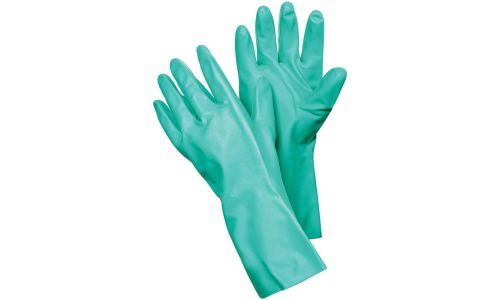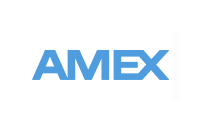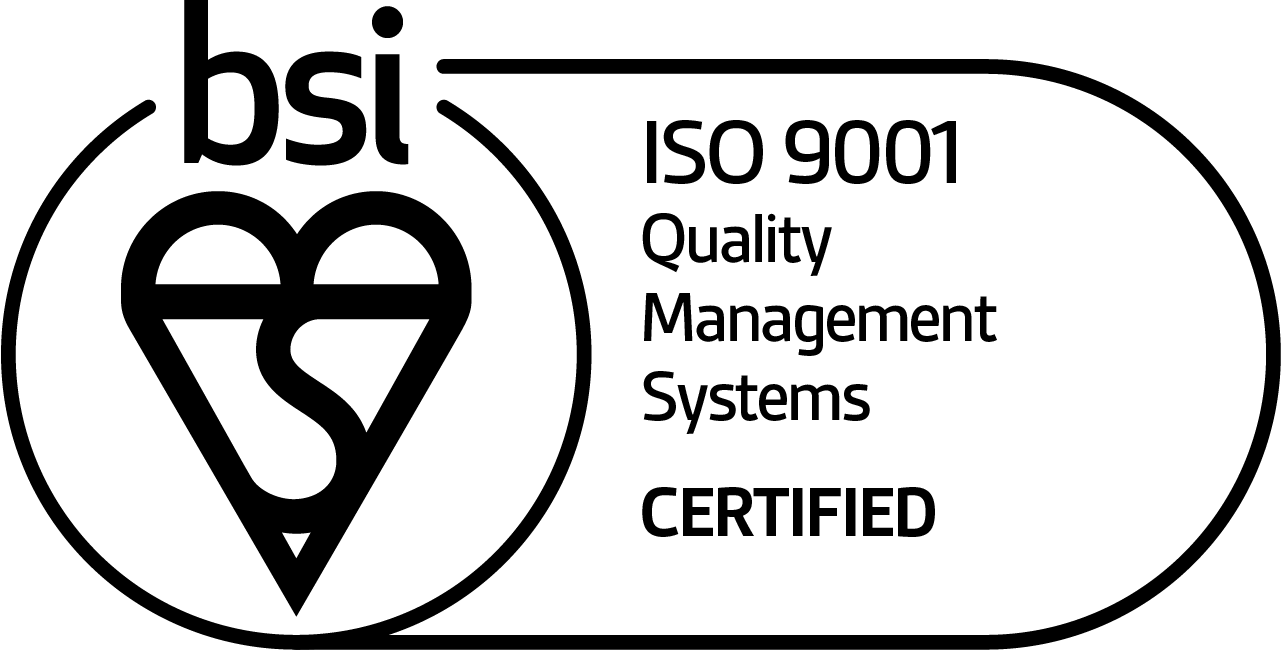| EN 374 Explained25 October 2018 | Alex EN 374 is a complicated standard, which is just as well as one small misunderstanding could be detrimental to your well-being. It doesn't help either that the standard was updated last year, which can lead to confusion when looking at the results of which each of our Chemical Resistant Gloves achieve.
As we understand that it is of utmost importance that chemicals and chemical resistance are understood, we've decided to create a short guide explaining what EN 374 is, what each part of the standard means, and which chemicals can be handled with which gloves. We'll finish by giving an example of one of our own chemical-resistant gloves, just so you know exactly where we stand. What is EN 374?EN 374 is the standard that applies to most of our Chemical Resistant Gloves. You can identify it in a number of ways. One way is that our product listings demonstrate if a glove adheres to EN 374 and another is that the resistance level will be stated on the back of the glove. You can also look out for any of the symbols that appear in this article, either on the back of the box the glove comes in, the glove itself or the website listing. EN 374EN 374 is designed to test how a glove responds to chemicals and microorganisms, and to see how waterproof they are. This essentially means testing if a liquid or microorganism can pass through material. The gloves are submitted to different tests, one for penetration (EN 374-2) and one for permeation (EN 374-3), of which they only need to pass one. The Two TestsThe main difference between the two tests is that they test for permeation and penetration. EN 374-2 tests for the movement of a liquid and microorganism through materials, seams, pinholes or other imperfections in protective glove material at a non-molecular level. EN 374-3 involves moving a chemical through a protective glove material at a molecular level to examine its permeation rate. If a glove passes EN 374-2, but not EN 374-3, it will be awarded the following symbol:
EN 374-2: Resistance to Water PenetrationAs mentioned above, this test looks to examine the movement of liquids and microorganisms through a material. They can achieve a score between level 1 and level 3, with level 3 being the highest, meaning they are resistant to water and microorganisms, and level 1 being the lowest, achieving resistance to just water. If a glove passes this test, it will achieve the following symbol:
EN 374-3: Resistant to Permeation by ChemicalsThis is where things get more interesting. EN 374-3 will do the same water test as in EN 374-2, but it will be done with any of three chemicals rather than water. The three test chemicals are any of the following, and will be represented by the letter in the table that corresponds with the chemical.
The materials may also achieve a level depending on how much time it took for the chemical to pass through the glove. The following table demonstrates which level a glove will achieve depending on how much time elapses prior to permeation.
If a glove achieves this score, then it will receive the symbol below. In some cases the score the gloves achieved will be placed alongside the symbol, otherwise it will appear in the product listing.
A Case StudyThe Ejendals Tegera 186 Nitrile Chemical-Resistant Flock Lined Gauntlets offer excellent resistance to chemicals, using a nitrile-lined design to offer high risk protection. They achieve a level EN 374-3, attaining the score JKL. If you take a look at their Conformity Statement, you'll see that EN 374 is accompanied by the two images that demonstrate it passed both the water leak test and the chemical resistance test.
With regards to its score of JKL, you are provided with more information in the listing. We've replicated this in the table below. As you can see, the J provides 120 minutes of resistance to n-Heptane, the K provides 480 minutes of resistance to sodium hydroxide, and the L provides 30 minutes of resistance to sulphuric acid.
Make Sure You Understand Your ChemicalsChemicals are probably some of the most important things that you need to understand if you're working with them. So if you still need a little help, don't hesitate to comment below and one of our customer care team will be delighted to help. If not, have a look at our wide range of Chemical Resistant Gloves, where you're guaranteed to find the gloves for you. |












